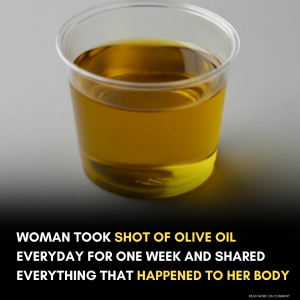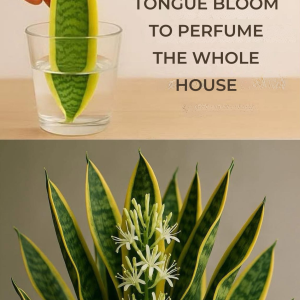Have you ever been standing still when, suddenly, the world starts to spin? That unsettling sensation, known as vertigo, catches many by surprise. While it can feel alarming, the cause might be something incredibly small — nearly microscopic, in fact.
In many cases, the culprit lies deep within your ear, where tiny crystals have shifted out of place. The good news? There are simple, natural remedies and exercises that can help restore your balance.
The Inner Ear: Your Body’s Natural Gyroscope

Inside your ear lies a small, but powerful structure called the vestibular system, which helps you maintain balance. A key part of this system includes calcium carbonate crystals, known as otoliths.
These crystals sit on top of hair-like sensors that detect changes in head position. Together, they tell your brain whether you’re moving, tilting, or still.
But when these crystals get dislodged — due to age, injury, or even nutritional imbalances — they can drift into areas where they don’t belong. The result? Confused signals to your brain, and that disorienting spinning feeling we call Benign Paroxysmal Positional Vertigo (BPPV).
Why Do These Crystals Move?

- Head injuries or trauma – even a minor fall can shake things loose.
- Aging – as we get older, structures in the ear become more delicate.
- Ear infections (ENT-related) – they may interfere with the balance system.
- Certain medications – some affect calcium regulation in the body.
- Lack of calcium or vitamin D – poor nutrition can weaken the inner ear’s defenses.
Vitamin D and Calcium: A Delicate Balance
One fascinating (and often overlooked) link is between vitamin D, calcium, and vertigo. Without enough vitamin D, your body struggles to regulate calcium — which in turn may slow the breakdown of loose crystals in the inner ear.
In fact, people with conditions like osteoporosis, which disrupt calcium balance, are more likely to experience episodes of vertigo.
What can help?
Health experts often suggest ensuring adequate vitamin D levels — sometimes recommending 10,000 to 20,000 IU per day in persistent cases (always under medical supervision).
The Power of Nutritional Support
To get the most out of vitamin D, it should be paired with other essential nutrients:
- Vitamin K2 – helps guide calcium into bones, not soft tissues.
- Magnesium – supports vitamin D activity and prevents calcium buildup.
Together, this trio of vitamin D, K2, and magnesium supports not only bone health but also the delicate mechanisms that keep you balanced.
Repositioning Maneuvers: Simple Steps for Big Relief

For many people with BPPV, gentle physical maneuvers can bring fast relief. These movements are designed to guide the crystals back into place within the inner ear.
One of the most effective is the Epley maneuver. It involves a series of head and body movements performed in a specific sequence. Don’t worry — it’s not gymnastics. You simply tilt your head and pause in certain positions for a few seconds at a time.
You can learn the Epley maneuver through a video tutorial or with help from a healthcare provider. It’s safe, straightforward, and has helped thousands regain their sense of balance.





